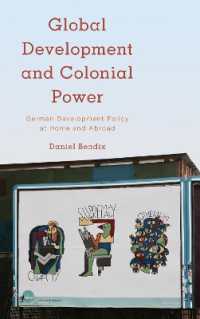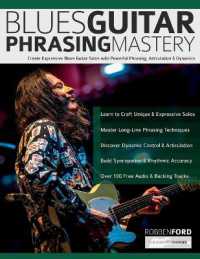Full Description
The majority of people around the world live in multilingual societies, and so it follows that plurilingualism should be considered normal. This book proposes a flexible and adaptive framework for designing and implementing language learning environments and tasks, which will be useful for practitioners working in classrooms where many languages are already spoken. The authors begin by presenting a state-of-the-art review of current research on language learning, language teaching and multilingual language acquisition. This is followed by a qualitative review of 37 multilingual research projects, which are treated as case studies to inform the practical guidance that constitutes the remainder of the book. The information and practical framework contained within this book will be of interest to researchers, teachers and teacher educators.
Contents
Introduction
PART I - Reference Theories: Inter-Relationships and Complementarities
Chapter 1. Neurophysiology, Cognition and Language
Chapter 2. Language and Cognitive Development in a Plurilingual Perspective
Chapter 3. Multilingual Practices
Chapter 4. Psycholinguistics and SLA: Useful Constructs Revisited
Chapter 5. Cultures, Affects and Identities
Chapter 6. The Potential of Information and Communication Technology for Language Learning
Chapter 7. Context
PART II - Multilingual Practices in Action
Chapter 8. Organisation of the Study
Chapter 9. North America
Chapter 10. Africa
Chapter 11. European Large-Scale Projects and Intercomprehension Networks
Chapter 12. European Small-Scale Projects
Chapter 13. Telecollaboration
Chapter 14. Learning Languages in Multilingual Contexts: Where are we Now?
Chapter 15. When Theory and Practice Meet
PART III - Designing Contextualised Language Learning Environments in a Plurilingual Perspective
Chapter 16. Multilingual Language Learning and ICT
Chapter 17. Designing Courses and Tasks in a Multilingual Perspective
Chapter 18. Modelling the Work
Bibliography







